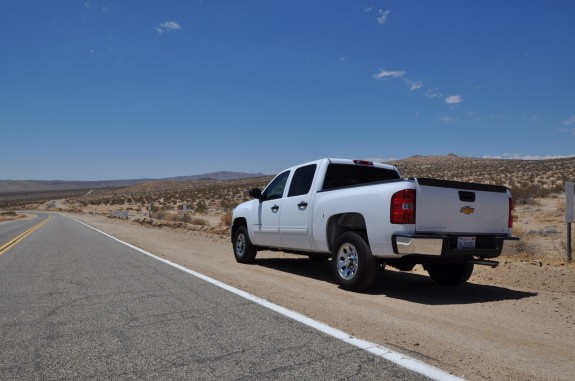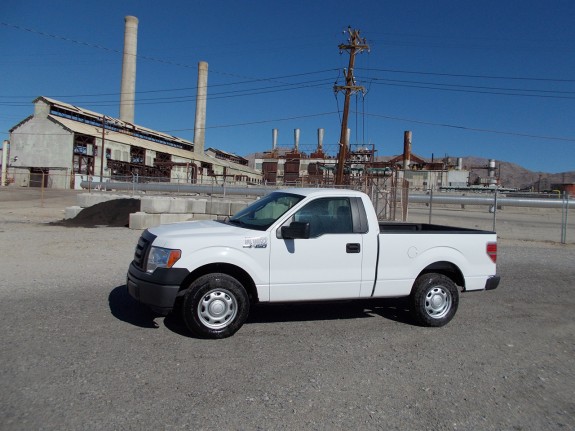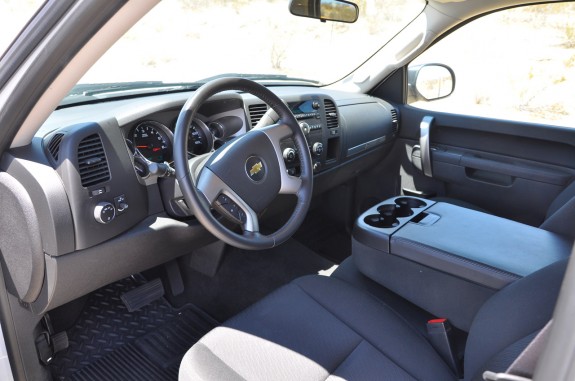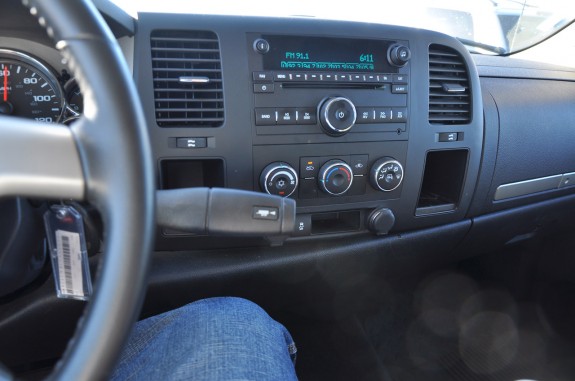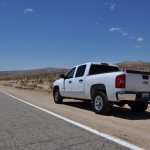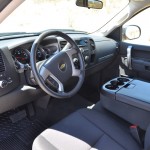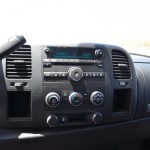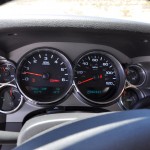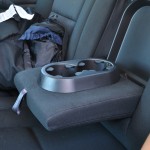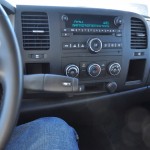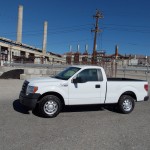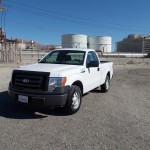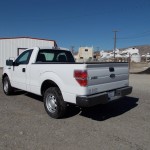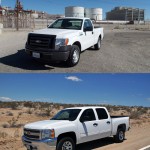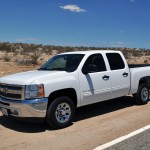Comparison Test: 2012 Chevrolet Silverado vs. 2011 Ford F-150
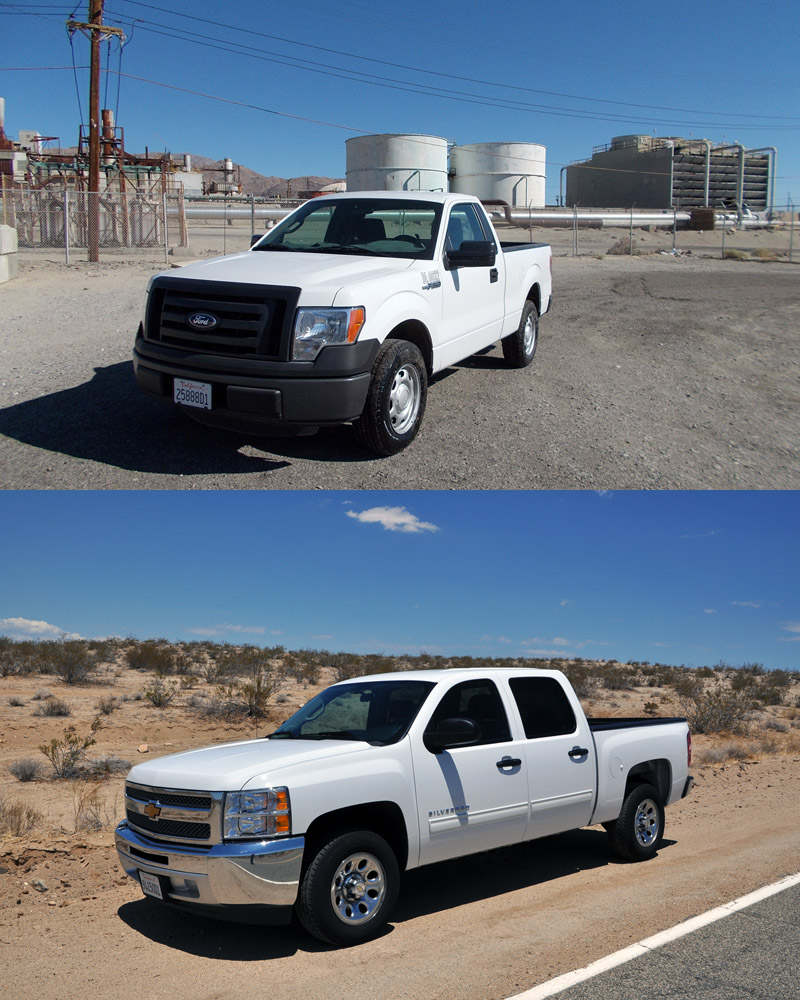
Recently, Jerry and I had the opportunity to drive a 2012 Chevrolet Silverado on a short road trip (600 miles or so in total). It was a middle of the road LT model, with power locks/windows but manual climate control and basic wheels/audio system. The 2wd drivetrain was a 302HP 4.8L V8 mated to a 4-speed auto with selectabe tow/haul mode. Jerry and I both came to the same opinion of the truck, but I decided to write the review since I could compare it with a newer F-150 at work. Read on to find out whether the bowtie or the blue oval wins this battle!
Drivetrains
When I first saw the Silverado, Jerry had already put almost 200 miles on it. The first thing he complained about was how often it had to downshift. This took me by surprise, since I’m used to driving a diesel that won’t come out of top gear on the highway. I thought surely, a lighter truck with slightly less power would do the same? It became evident that I was wrong. Acceleration off the line was fine, but the 4.8L doesn’t make much low end torque, so the transmission has to hunt for power. Making matters worse was resonance around 2200rpm, which made that the loudest part of the entire rev range. Although it was a V8 rumble, it was not appreciated.
The transmission wasn’t a gem, either. Although it downshifted just fine when called upon, the tow/haul mode didn’t work. It didn’t hold gears any longer than the normal mode, and wouldn’t downshift to hold speed on down grades. Chevy was also nice enough to provide a trans temp gauge, which showed it getting up to 200F fairly quickly. A transmission cooler is a necessity for any towing or hauling.
By comparison, the Ford’s 3.7L V6 and 6-speed auto work well together. It responds quickly to throttle inputs with good power, though the exhaust note is quite low class. The transmission tow/haul mode holds gears longer, and downshifts quicker as you come down in speed. I haven’t been able to test the engine’s hill-pulling power (the truck is used mostly around town and I don’t go out of my way to do tests on it), but my gut tells me that it can easily keep up with the Silverado. The again, it is a lop-sided comparison since the F-150 is a lighter regular cab, short bed truck.
Dynamics
Both trucks drove incredibly well, something that couldn’t be said about trucks 15-20 years ago. The Silverado produces a slightly more hushed highway ride, with very little wind noise. The highway tires on the truck contributed to a reasonable level of road noise, and the engine noise was subdued under the 2200rpm resonance level. The brakes were confident and the steering was nicely weighted, although it did require frequent corrections on the highway. The major fault against the Silverado was its floaty ride – better controlled body motions would have been appreciated.
That’s where the Ford has a slight edge. The chassis is better buttoned down while still providing a good ride. The brakes are a bit mushy and the steering is extremely light, but both are forgiveable as the systems still work well. The steering requires noticeably less babying than the Silverado’s. There is more road noise than the Silverado, and the V6 engine note comes from 1980, but remember that this is a work truck trim that has minimal sound insulation.
Interior
If the last two categories were too close to call, this category is the tie-breaker. The Ford’s interior gets the clear win here both in design and material choice. Although the dash top is still extremely hard, the other surfaces are executed better than in the Chevy. The arm rests are at the right height, the door handles are where you’d expect, and the instrument panel is more pleasing to the eye. The overall design, too, is leagues ahead of the Chevy. It’s just better, by a long shot.
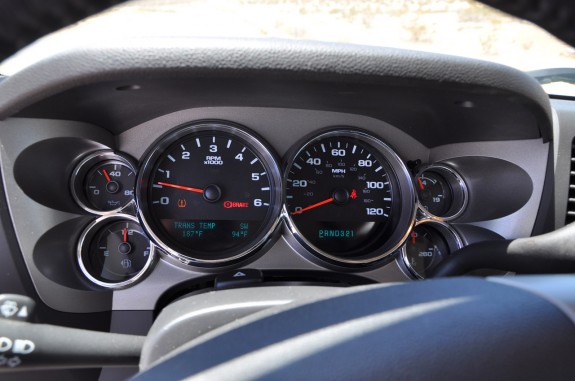
The Chevy's instrument panel had a good multi-function display, which was rendered useless by a hidden control knob. At least the auxiliary gauges actually moved!
Meanwhile, the Chevy seems like a mishmash of fails. The arm rest was uncomfortable, and the interior door release took a while to find. Why did they have to reinvent the wheel? They provide a multitude of functions on the instrument panel. But they have hidden the unlabeled controller for this display in the top right corner of the instrument panel, where neither Jerry nor the rental car agency could find it. Ford provides a row of well-labeled buttons on the steering wheel to control their instrument panel displays. On a similar note, the HVAC controls are partially blocked when the shifter is in Drive. It’s such a simple issue with a simple fix, why is it being ignored? That’s the theme of this interior – terrible, unthoughtful design. GM must be using Martians to do prototype testing of these things.
And on that basis alone, I would buy a Ford over a Chevy. Hopefully, the new 2014 Silverado will fare better. GM needs all the help it can get to take down the perennial best-selling F-series.
- The Chevy’s instrument panel had a good multi-function display, which was rendered useless by a hidden control knob.
- The big but cheap feeling shifter blocks the climate controls.


